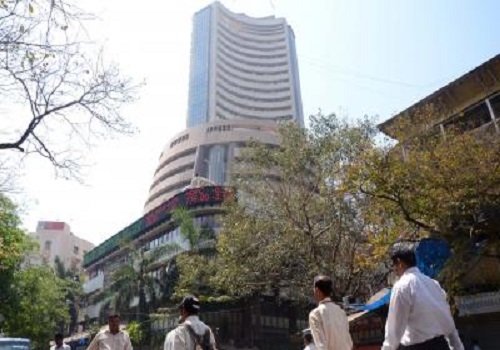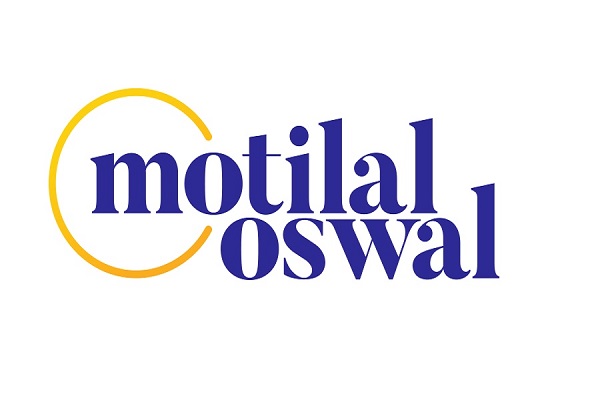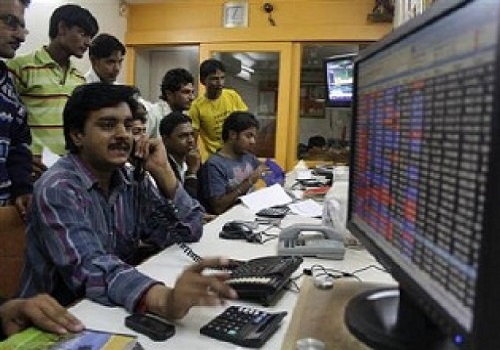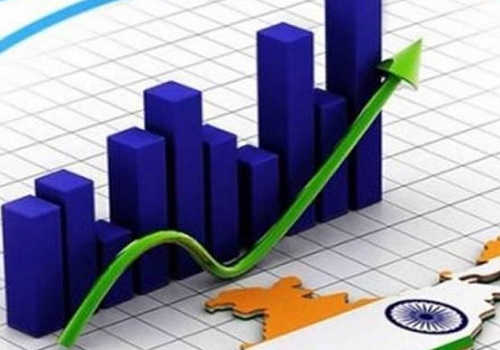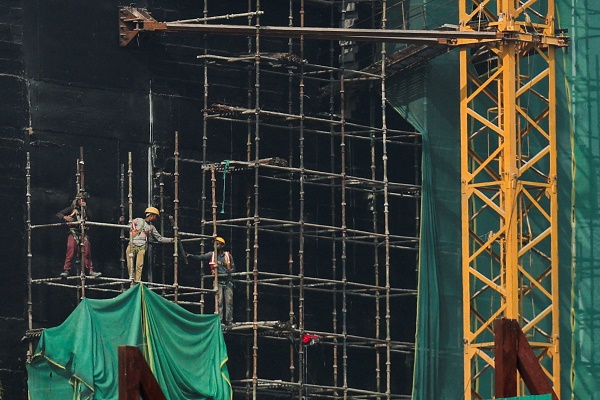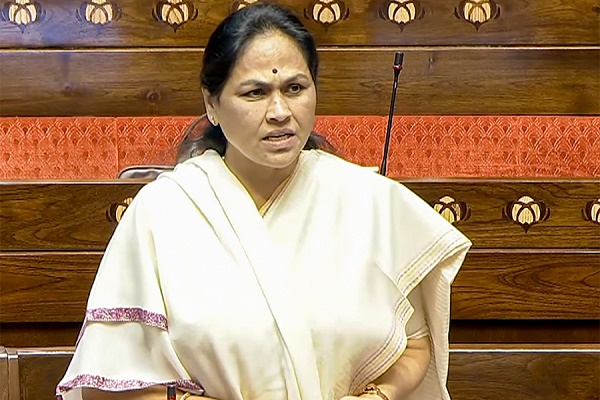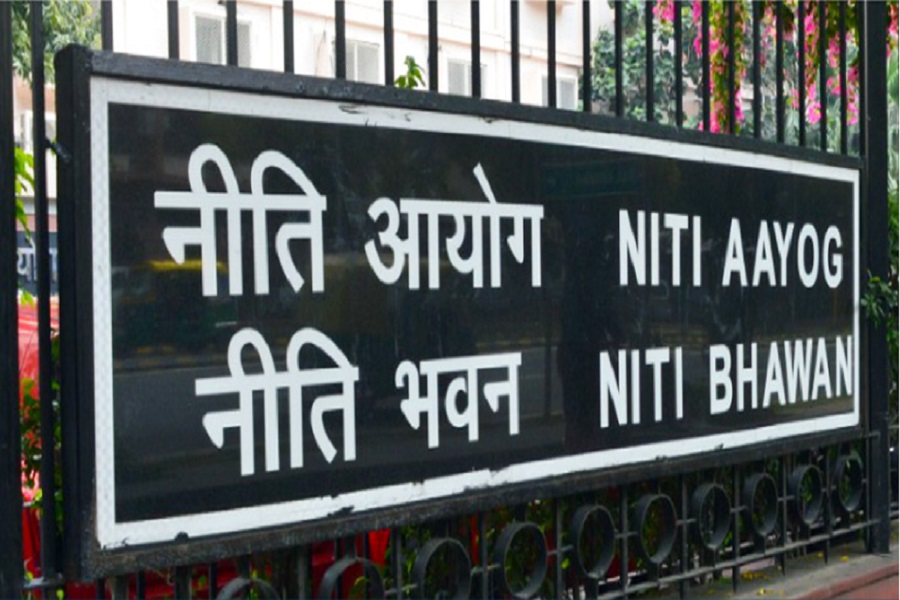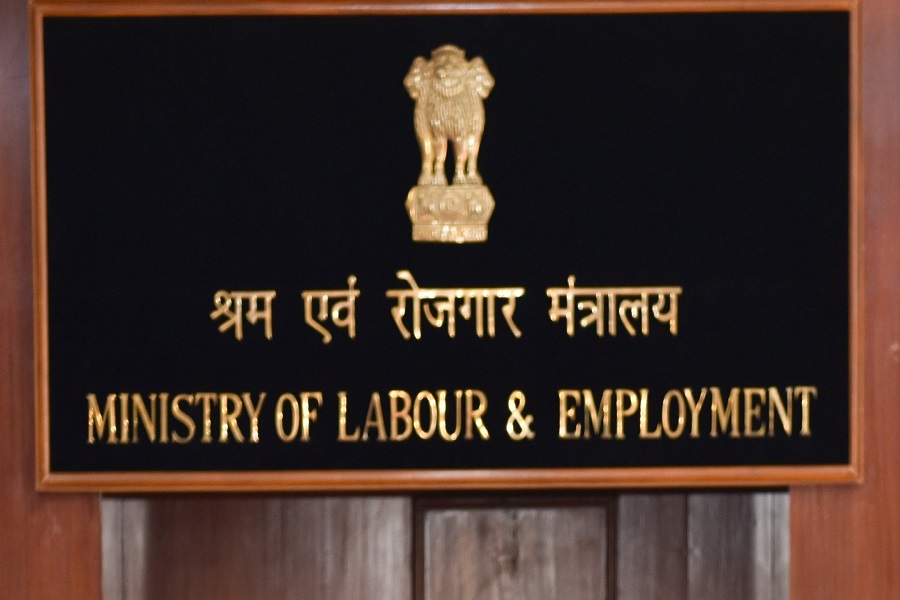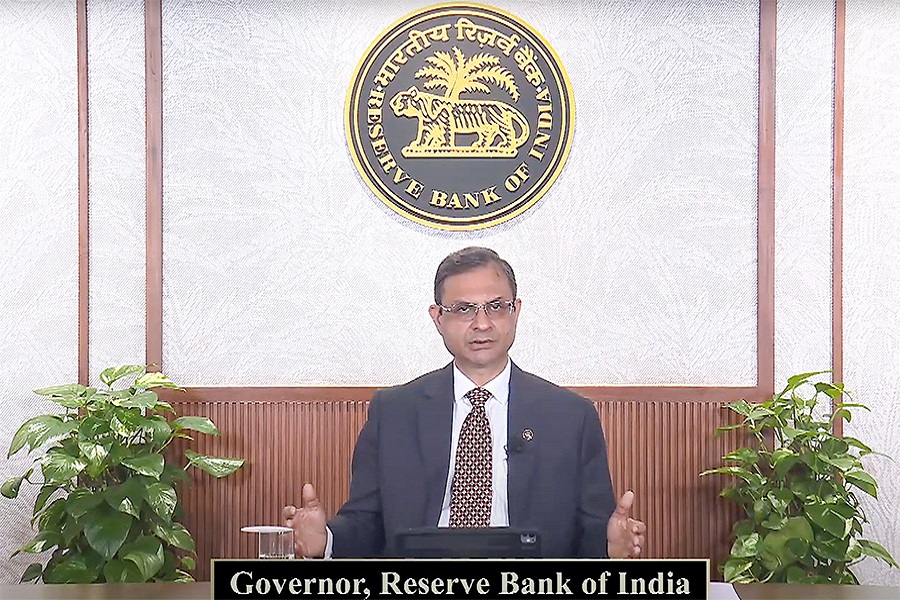RBI Holds Policy Rate Steady After Three Consecutive Cuts by CareEdge Ratings
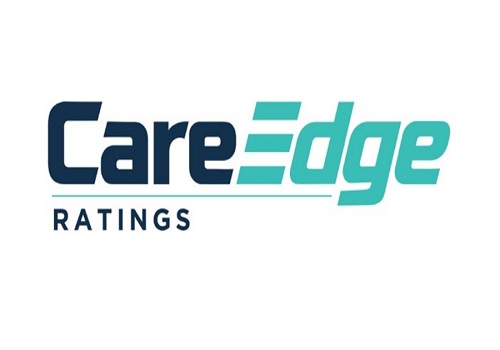
The RBI’s Monetary Policy Committee (MPC) unanimously kept the policy repo rate unchanged at 5.50% and retained its neutral stance in the August meeting, in line with our expectations. Having front-loaded easing with a 50 bps cut in June, the RBI adopted a wait-and-watch approach as growth remains firm, and inflation is set to rise above 4% from Q4 FY26. With monetary policy transmission also underway, the tone of the policy was mildly hawkish, suggesting a high bar for further rate cuts.
The RBI maintained its FY26 GDP growth forecast at 6.5% and projects Q1 FY27 GDP growth at 6.6%. On inflation, the FY26 CPI projection was revised lower to 3.1% (from 3.7%), supported by favourable base effect, steady monsoon progress, and healthy kharif sowing. However, inflation is projected to rise above the 4% target from Q4 FY26 onwards, driven by reversal of base effect and potential demand-side pressures arising from policy actions. CPI inflation is expected at 4.4% in Q4 FY26 and 4.9% in Q1 FY27.
We project FY26 GDP growth at 6.4%, slightly below the RBI’s estimate. While the 25% US tariff on India, along with the possibility on an additional penalty, poses downside risks, we have kept our growth forecast unchanged for now given that the uncertainty around US trade policy is high. Our inflation projection of 3.1% for FY26 is in line with the RBI’s estimate. With growth holding firm and inflation expected to rise, we do not expect further rate cuts in this cycle, unless downside risks to growth materialise. System liquidity remains in comfortable surplus. The upcoming CRR cut, effective from September, should further support liquidity and aid ongoing monetary policy transmission to financial markets.
RBI Retains FY26 Growth Forecast at 6.5%
The RBI retained its FY26 GDP growth forecast at 6.5% and projected Q1 FY27 growth at 6.6%, with risks evenly balanced.
We project FY26 growth at 6.4%, slightly below the RBI’s estimate. Growth is likely to be supported by a good monsoon, easing inflation, lower interest rates, and reduced income tax burden. However, subdued income growth in the formal sector and weak hiring in IT remain concerns. While rural demand has held steady, a pick-up in urban consumption will be key for a broad-based recovery and to unlock a more robust revival in private sector capex.
External risks have also increased from rising US trade protectionism. The recently imposed 25% reciprocal tariff on India is higher than that on peers like Vietnam (20%) and Indonesia (19%), with an additional penalty possible due to India’s trade ties with Russia. While this places India at a relative disadvantage, India’s merchandise exports to the US account for only around 2% of GDP. We estimate the potential growth impact of US tariffs at 0.3 to 0.4% of GDP through the export channel. However, given the uncertainty around US trade policy and the possibility of India negotiating a more favourable trade deal, we are not revising our FY26 growth projection at this stage.

RBI Lowers FY26 Inflation Forecast to 3.1%
The RBI revised its FY26 CPI inflation forecast downward to 3.1% from 3.7%, supported by favourable base effect, steady monsoon progress and healthy kharif sowing.
CPI inflation eased further to 2.1% in June, coming in below expectations and marking the lowest print since January 2019. The decline in headline inflation is mainly due to a sharp drop in food prices compared to last year. Vegetable inflation, which averaged 27% in 2024, has turned sharply negative, averaging -15% over the past three months. Several other food components are also recording low or negative inflation, supported by a good monsoon and a high base. Notably, much of the decline is statistical, driven by base effects. However, inflation is expected to rise again as the base effect reverses. We expect inflation to average 2.5% over the next two quarters and rise thereafter, averaging 4.6% in Q4 FY26. Core inflation edged up to 4.4% in June, mainly due to higher precious metal prices. We expect core CPI inflation to remain moderately above 4% through the fiscal year. With the low base of FY26, CPI inflation in FY27 is likely to average above 4.5%.
Risks to the inflation outlook persist. For instance, any weather-related shocks could impact food prices. On the external front, Brent crude oil price remains a key monitorable. While crude oil prices have corrected after spiking due to Middle East tensions and are currently trading at comfortable levels of around USD 68 per barrel, concerns about potential US secondary sanctions on Russian crude could impact supply chains for importers like India and China. Although OPEC is raising output and has spare capacity, global oil dynamics could shift and will need close monitoring.

Comfortable Liquidity Conditions to Support Monetary Policy Transmission
System liquidity remains in comfortable surplus, with banking system liquidity at Rs 4 trillion (as of 05 August), higher than the July average of Rs 3 trillion. The weighted average call rate (WACR) was 14 bps below the repo rate as of 05 August, compared to average spread of 17 bps below the repo rate in July.
The RBI’s phased 100 bps CRR cut, starting in September, is expected to inject around Rs 2.5 trillion of durable liquidity by December. Some offset may come from potential RBI intervention in the forex market amidst rupee depreciation. Liquidity may also be impacted by the unwinding of the RBI’s net short forward book (which stood at USD 65 billion as of May, with around USD 45 billion maturing within a year). Nonetheless, overall liquidity conditions are expected to stay comfortable, supporting monetary policy transmission. The transmission of policy rate has accelerated, with WALR for fresh rupee loans falling by 71 bps and on outstanding loans by 40 bps. Fresh deposit rates (WADTDR) have declined by 87 bps, while rates on outstanding deposits have fallen by 9 bps.
Separately, an internal working group has reviewed the RBI’s Liquidity Management Framework (LMF). Its report, to be released for public consultation, recommends retaining the overnight WACR as the operating target and continuing with variable rate auctions for repo and reverse repo operations across tenors.
Way Forward
The RBI has already front-loaded rate cuts, and we do not expect further easing unless downside risks to growth materialise. With a forward-looking approach, RBI’s focus will now shift to the expected rise in inflation. CPI inflation is projected to average more than 4.5% in 2026 as the low base of 2025 kicks in. This suggests real interest rate of around 1% or even lower in 2026, limiting the case for additional cuts. Moreover, the RBI’s growth outlook remains firm, and with monetary policy transmission still incomplete, there is no urgency to ease further. India’s domestic-driven economy and limited exposure to US goods trade offer some cushion from the announced US tariffs. However, indirect spillovers through weaker investor sentiment, capital outflows, and currency pressure remain risks. The rupee has already depreciated by about 2.8% over the past month, making it one of Asia’s worst performers. That said, currency pressures could ease as US dollar resumes its weakening trend, Fed rate cut expectations rise and a US-India trade deal materialises. Looking ahead, India’s Q1 FY26 GDP data and developments on trade negotiations with the US will be key in shaping the next policy outlook.
Above views are of the author and not of the website kindly read disclaimer
